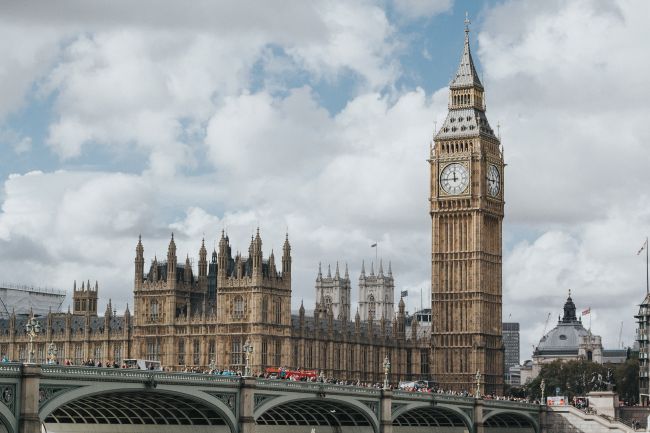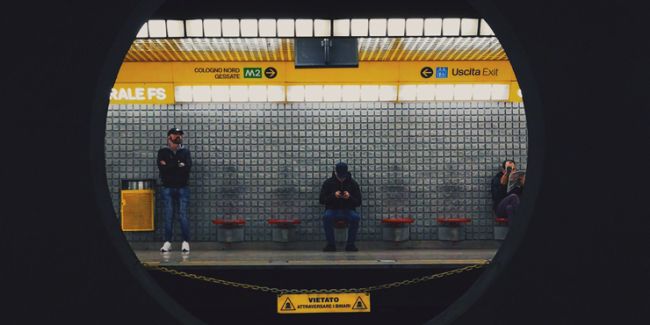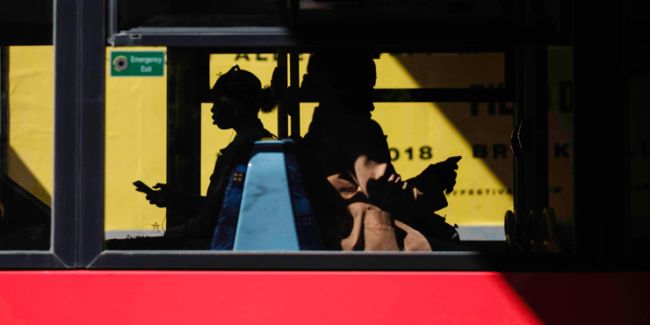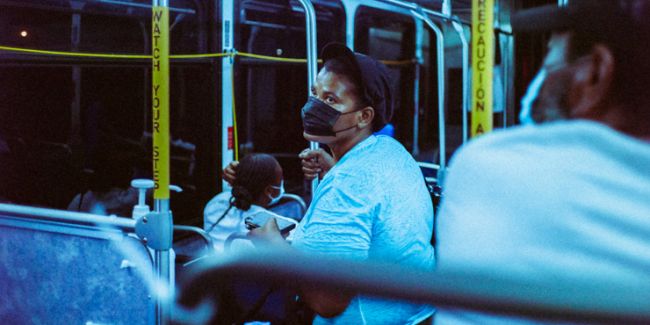Better boarding on Britain's trains?
On increasingly busy railways, reliable operation means making every second count.

On increasingly busy railways, reliable operation means making every second count, including the time required to let passengers and their luggage on and off trains. As long ago as 2004 the timetable into Waterloo, London’s busiest terminal station, was reworked to include the extra time needed for more passengers to board and alight at each stop. On Thameslink services through central London, doors open automatically at busy stations to eliminate the delay until passengers press the “Open” button.
The May 2018 timetable expanded these Thameslink services and introduced new Northern services through Manchester on the Ordsall Chord, connecting Piccadilly, Oxford Road and Victoria stations. The timetable required extensive changes across the rest of the network, which were intended to deliver benefits from major investment, but instead resulted in extensive disruption, particularly for Northern and Thameslink passengers.
The December 2018 timetable introduced changes to remove some of the main causes of the poor reliability and, after the first few days of operation, appeared to be performing relatively well. Nonetheless, every second still counts, and the industry has introduced, or trialled, initiatives to improve the speed of passenger boarding and alighting.
At London Euston, passengers arriving for Virgin Trains without reservations can now see on the departure board the “Reservation Level” on each coach of the train. However, on its own, data on which seats were reserved does not provide real-time information on which ones are occupied and where there is still space.
In real time, sensors on vehicle suspensions can estimate the number of passengers on board, and at-seat sensors can identify where they are sitting,
but both require the installation and maintenance of additional equipment. In contrast, increasing use of CCTV on trains, and mobile phones by passengers, means that estimates based on image analysis, or the location of mobiles, require only suitable software. London North Eastern Railway uses beam sensors to detect which seats are occupied, and passengers can access maps of free seats through the onboard WiFi. Chiltern Trains has developed a similar technology.
On the London Overground, information on vehicle loading is already relayed to platform staff, who can direct passengers to less crowded parts of the train. The logical next step is to provide this information direct to passengers waiting to board, ideally giving them enough time to select the emptier parts of the train. This could both reduce the crowding they experience and contribute to shorter dwell times as they alight and board.
However, trains range from multi-stop urban services to 300 km/h high speed trains, and several issues will need to be addressed for new approaches to speeding passenger boarding to be both effective and commercially viable. How will information be presented to passengers waiting on a platform? Will it be sufficient to know which doors of an approaching train have most people behind them without also predicting how many of them will alight? On frequent services, such as the planned 24 trains per hour through the Thameslink core, will passengers have time to move to other parts of the train, or will it be more effective just to tell them if the following train is less busy? How will the system deal with trains of different lengths, types or configurations?
Steer can help evaluate options and assess the costs and performance benefits of these technologies to support business cases for their deployment.





















